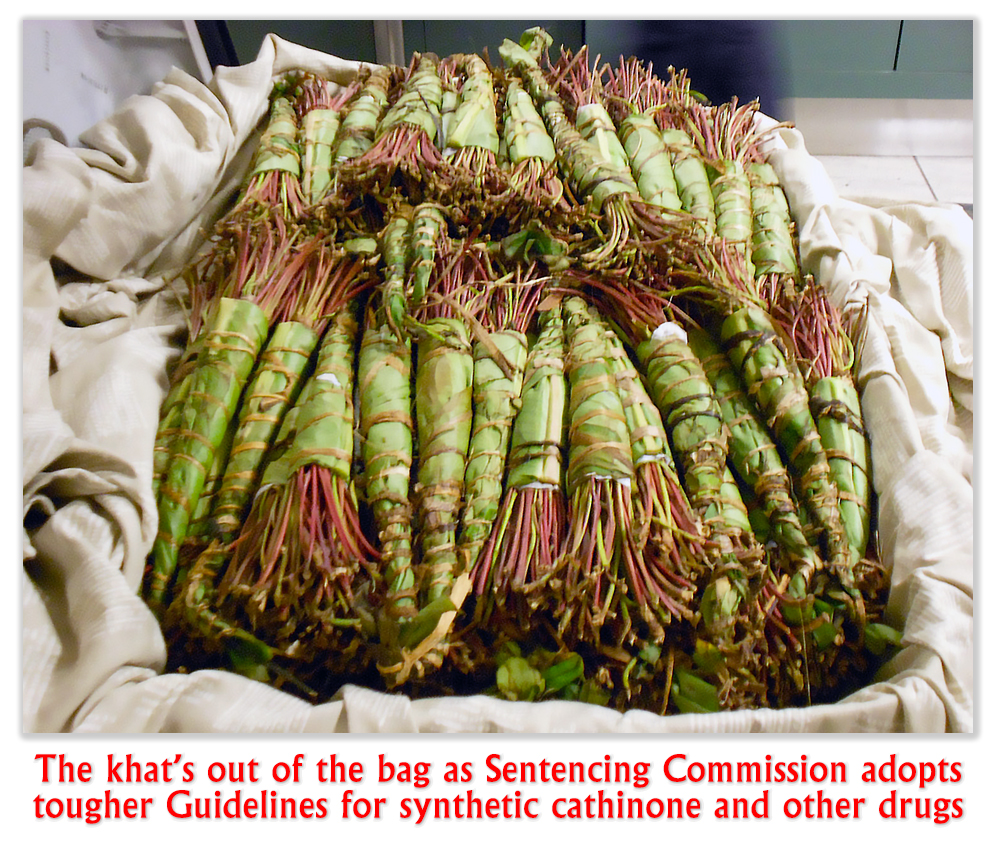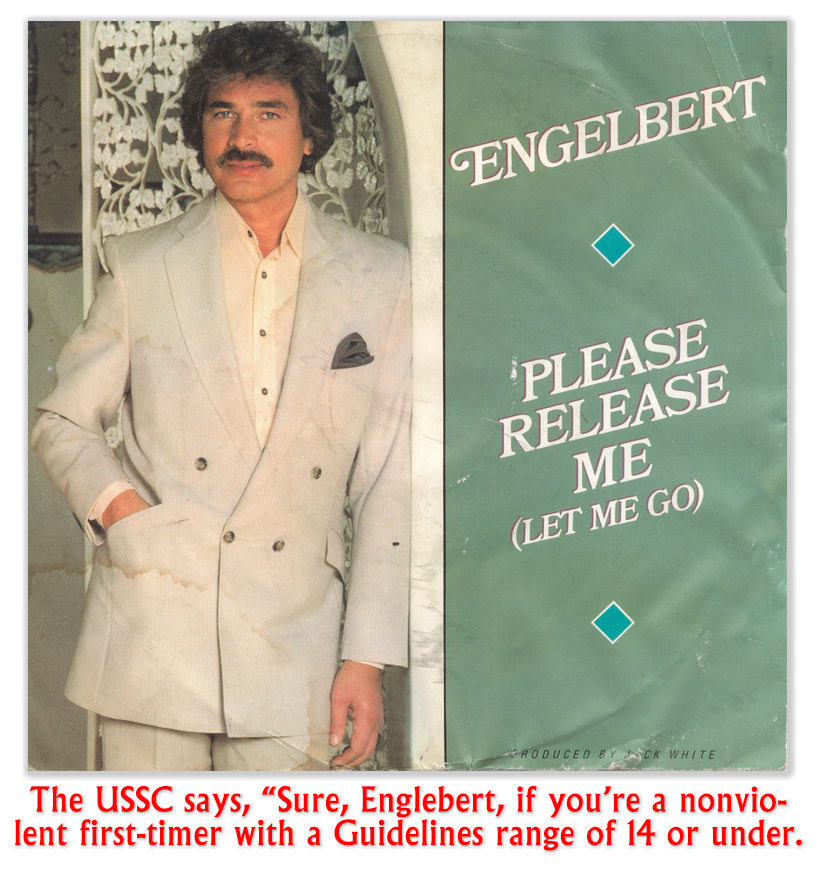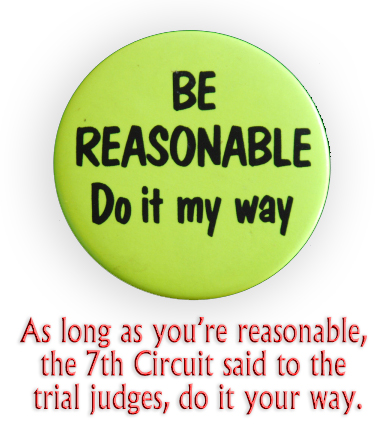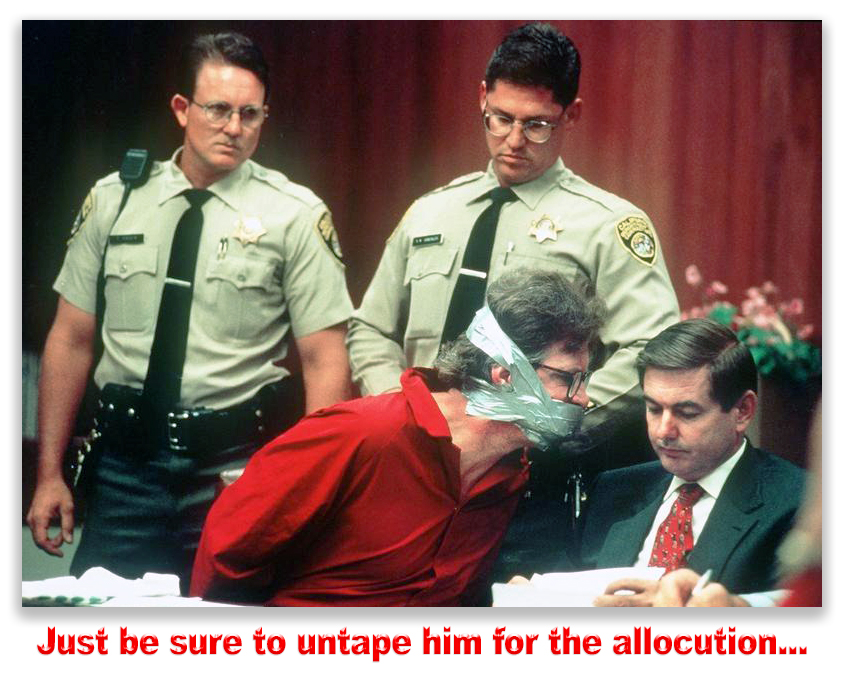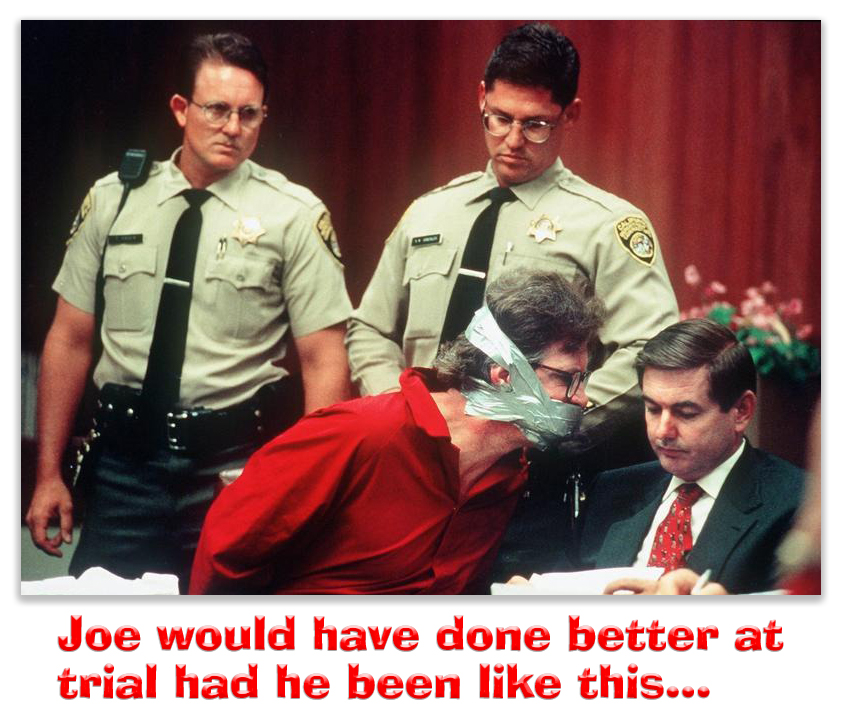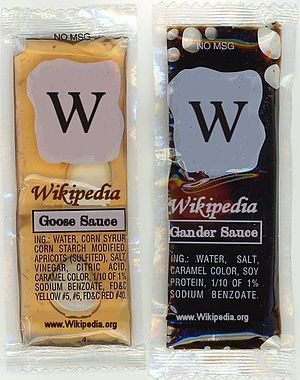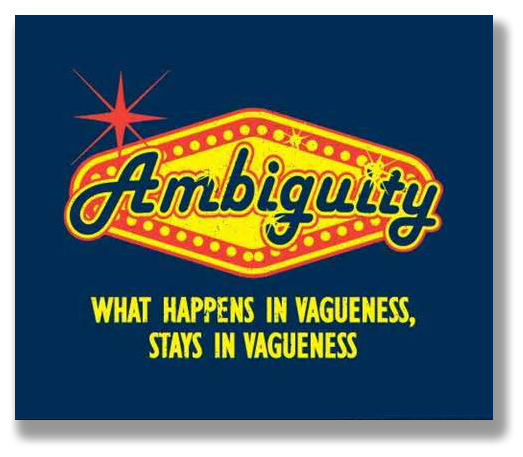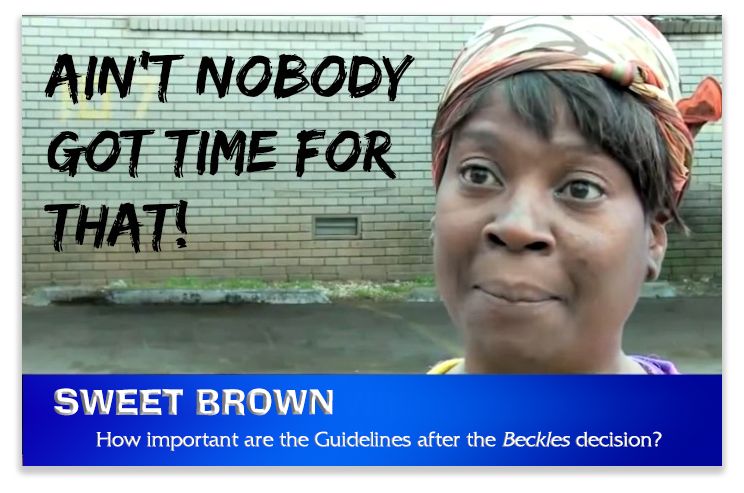We post news and comment on federal criminal justice issues, focused primarily on trial and post-conviction matters, legislative initiatives, and sentencing issues.

VACATED STATE CONVICTION DOES NOT LEAD TO LOWER RULE 11(c)(1)(C) SENTENCE
Brian Hoskins, a man with two prior felony drug convictions, made a deal under Federal Rule of Criminal Procedure 11(c)(1)(C) to plead to 112 months on a federal drug trafficking case. A so-called (c)(1)(C) plea specifies a precise sentence which the court may accept or reject, but not change. The (c)(1)(C) deal brought Brian’s sentence in way below what his Sentencing Guidelines “career offender” status would have gotten him.
 But after sentencing, Brian was able to get his Vermont drug felony conviction – one of the two prior convictions that qualified him as a “career offender” – set aside because his state lawyer had screwed up the plea. All of a sudden, he no longer qualified as a career offender, dramatically lowering his sentencing range. His 112-month plea no longer looked like such a good deal.
But after sentencing, Brian was able to get his Vermont drug felony conviction – one of the two prior convictions that qualified him as a “career offender” – set aside because his state lawyer had screwed up the plea. All of a sudden, he no longer qualified as a career offender, dramatically lowering his sentencing range. His 112-month plea no longer looked like such a good deal.
Brian filed a 28 USC 2255 motion, arguing that his Rule 11(c)(1)(C) plea should be set aside. The district court agreed, holding that his “now-vacated state conviction clearly led to a significant enhancement of his sentence.” The district judge cut Brian’s sentence to 86 months, which Brian has now completed.
Not so fast, Brian. Last week, the 2nd Circuit upheld a government appeal of the 2255 grant. Noting that a non-constitutional error – like the state court conviction that had now gone away – can be recognized on a 2255 motion only if “the claimed error constituted ‘a fundamental defect which inherently results in a complete miscarriage of justice.’”
Here, the Circuit said, there was no miscarriage. Brian’s 112-month deal fell within his non-career offender sentencing range of 100-125 months. What’s more, the 2nd said, “Sec. 2255 does not encompass all claimed errors in conviction and sentencing.” Id. at 185. Rather, those instances where an error in conviction or sentencing rise to the level to be a cognizable basis for a collateral attack are reserved for when the “error of fact or law is of the fundamental character that renders the entire proceeding irregular and invalid… A “later development” that “did not affect the lawfulness of the judgment itself—then or now,” is not enough to vacate the sentence imposed.
The appellate court said Brian’s plea deal agreed he was a career offender, but applied a sentencing range well below it. The deal also let Brian avoid a superseding indictment with enhanced mandatory minimum sentence of ten years. “Together, these circumstances show that, even with a career offender enhancement applied to calculate Hoskins’s Guidelines range at 155 to 181 months, in securing agreement to a sentence of 112 months, Hoskins left the bargaining table with a deal that secured him real benefit, hardly indicating a a miscarriage of justice.”
 Second, because the Guidelines are advisory, the district court necessarily had to make an individualized determination that the 112-month sentence was right for Brian. The district court obviously did so, the 2nd Circuit said, and the fact the 112-month deal was in the middle of his non-career offender range made it clear Brian’s sentence was no miscarriage of justice.
Second, because the Guidelines are advisory, the district court necessarily had to make an individualized determination that the 112-month sentence was right for Brian. The district court obviously did so, the 2nd Circuit said, and the fact the 112-month deal was in the middle of his non-career offender range made it clear Brian’s sentence was no miscarriage of justice.
The 2255 grant was reversed, and Brian will have to return to prison.
United States v. Hoskins, Case No. 17-70-cr (2nd Cir. Sept. 26, 2018)
– Thomas L. Root





